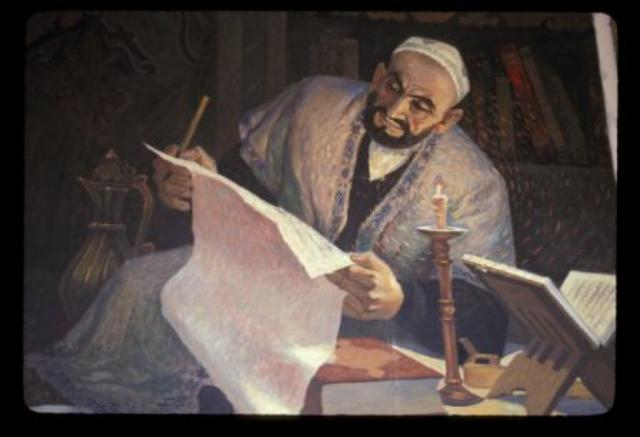The Formation and Evolution of the National Army: A Detailed Historical Account

M T Zunun Establishment and Early Operations The National Army was established in 1944 by the people of the Ili, Tarbagahay, and Altay regions in the Uyghur Region. Its primary objective was to oppose the Chinese regime, rule and wage an armed struggle against them. This effort led to the formation of ethnic armed forces in the region. Integration into the People's Liberation Army Following the Establishment of P R China, the Revolutionary Military Commission of the Central People's Government ordered the incorporation of the three-region national army into the Chinese People's Liberation Army (PLA) on December 19, 1949. This reorganized force became the Fifth Army of the PLA, contributing significantly to border construction and defence. Detailed Military Function and Structure Guerrilla Period (1944 - April 8, 1945) During this period, the Third District Guerrilla (Gongha, now Nileke) operated in Uyghur Region's Ili, Trabaghatay, and Altay areas. The personnel ...






